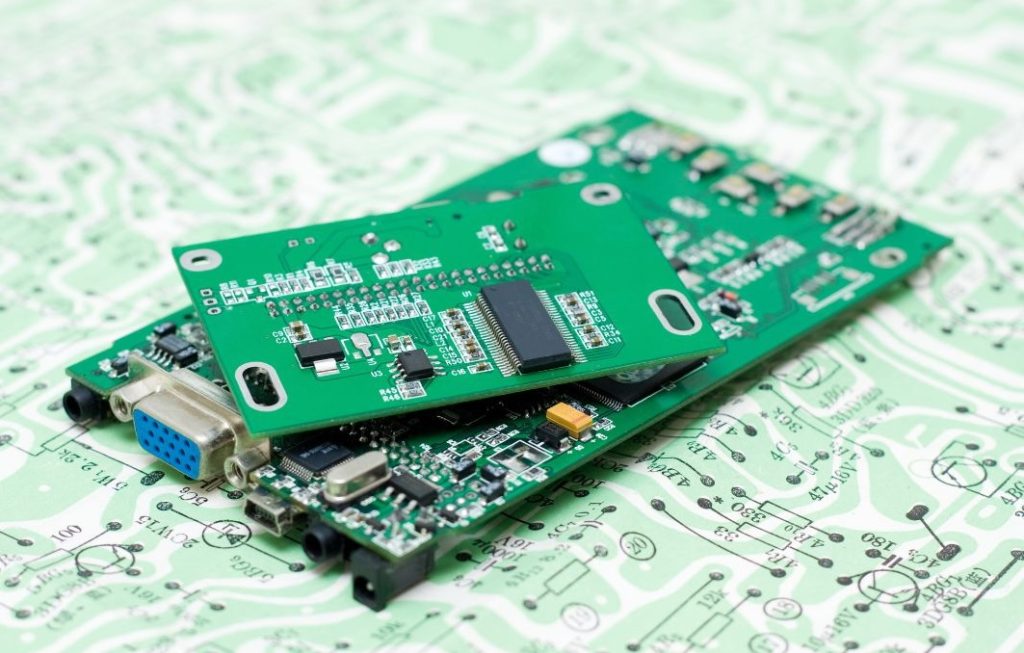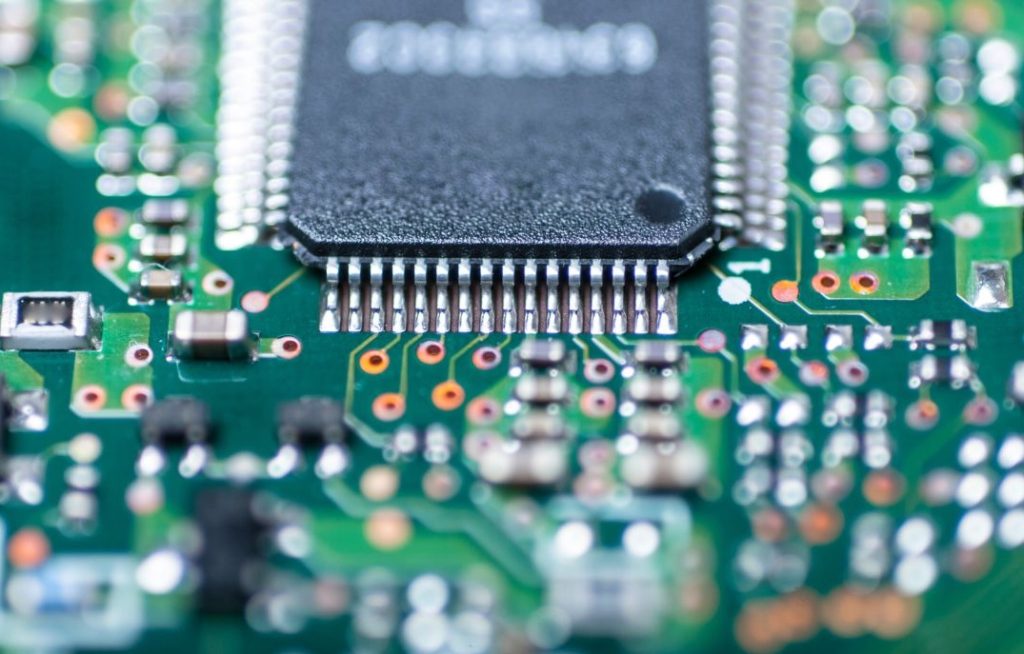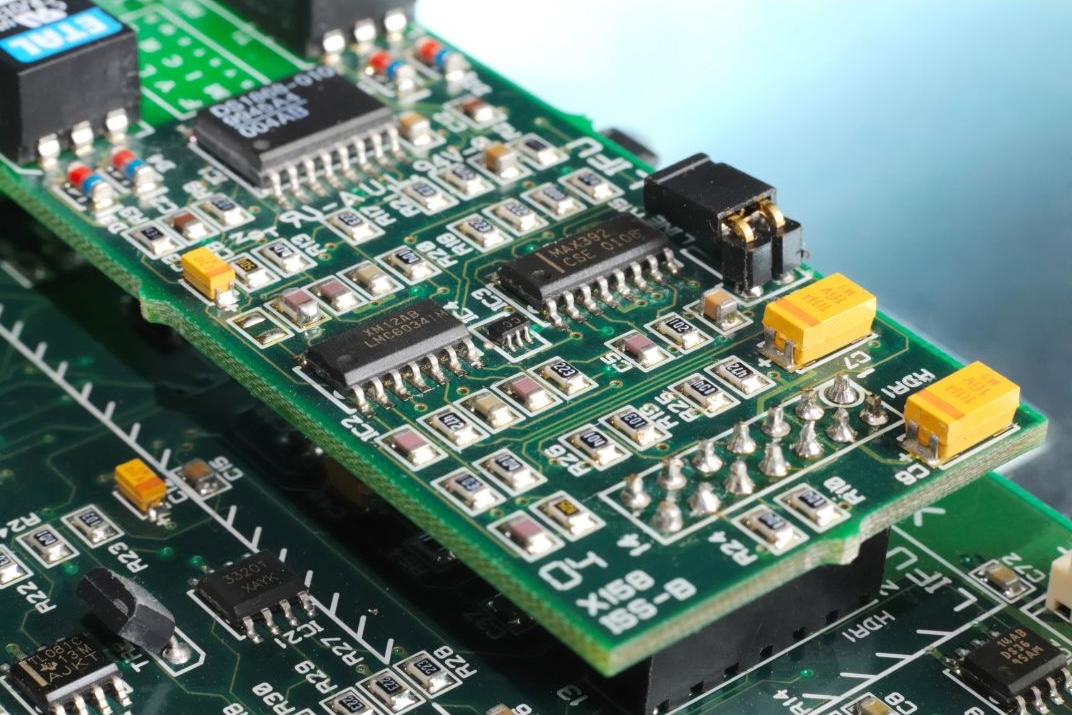Vias play an essential role in PCB (Printed Circuit Board) design, creating pathways that connect various layers of a circuit. With electronic devices becoming increasingly compact and sophisticated, advanced PCB technology is helping designers manage complexity and improve efficiency.
Blind and buried vias are important options for multi-layer PCBs, offering unique solutions for high-density interconnections and maintaining signal integrity. Their use can significantly influence space management and overall PCB via design performance in intricate circuits.
This article provides a detailed comparison of a blind via vs buried via, outlining their applications, benefits, and limitations. By understanding these differences, PCB designers can make well-informed decisions, selecting the right option to meet their project needs effectively.
What Is a Blind Via?
This is used in multi-layer PCB designs to connect an outer layer to one or more inner layers. Unlike through-hole vias, blind vias do not pass through the entire thickness of the board, making them useful for conserving space on external layers.
Blind vias are often applied in designs where surface space is limited. For instance, they are used in mobile devices and high-frequency circuits, where managing space and minimising signal interference are essential.
By creating direct connections between specific layers, blind vias enable efficient routing while leaving additional room on outer layers for components or other routing needs. These features make blind vias a practical choice in applications that require performance and compact designs.
What Is a Buried Via?
A buried via is a type of via found entirely within the inner layers of a PCB, hidden from the external surfaces. These vias are used to connect one or more inner layers without passing through to the outer layers, making them invaluable for designs requiring high-density interconnections.
This is used in compact and complex circuits, such as advanced telecommunications equipment and miniaturised electronics. By isolating these connections within inner layers, they improved signal reliability and made sure the device could handle heavy data loads without interference.
By keeping connections confined to internal layers, buried vias help reduce surface clutter and maintain a cleaner layout, which is advantageous for both functionality and appearance.
These vias also contribute to improved signal integrity by isolating critical connections from potential interference on outer layers. However, their use is generally limited to multi-layer boards, where their benefits can be fully leveraged.
Key Differences Between Blind and Buried Vias

These vias differ in their placement, visibility, and role in PCB designs, making each suitable for distinct applications. Understanding these differences helps designers choose the appropriate type for their projects.
- Placement and Visibility: Blind vias connect outer layers to one or more inner layers, while buried vias are located entirely within the internal layers. This difference makes blind vias visible from the board’s surface, whereas buried vias remain concealed.
- Manufacturing Complexity: Buried vias generally require more intricate fabrication processes compared to blind vias, as they involve precise drilling and layer alignment. Blind vias, although simpler, may still need specialised techniques like laser drilling to meet design requirements.
- Cost Considerations: The complexity of manufacturing buried vias typically results in higher production costs compared to blind vias. However, the final cost impact depends on the design’s overall requirements and the density of the connections.
- Design Constraints: Blind vias are well-suited for designs prioritising external space conservation, such as compact devices. Buried vias, on the other hand, are ideal for dense, multi-layer boards where internal connections must remain isolated from outer layers.
Pros and Cons of Blind Vias
Pros
- Space Saving: Blind vias free up valuable space on the outer layers, allowing for better routing and component placement.
- High-Density Interconnections: They enable connections between surface-mounted components and inner layers, making them ideal for complex designs.
- Signal Integrity: Blind vias maintain signal quality by providing direct paths for high-speed signals.
- Efficient Layer Usage: These vias simplify connections between specific layers without traversing the entire board.
Cons
- Manufacturing Complexity: Producing blind vias often requires advanced techniques, such as laser drilling, increasing fabrication time.
- Higher Costs: The specialised processes involved can add to production expenses.
- Aspect Ratio Limitations: The depth-to-diameter ratio of blind vias can restrict their use in certain designs.
- Inspection Challenges: Testing and inspecting blind vias can be more difficult compared to through-hole vias.
Pros and Cons of Buried Vias
Pros
- Compact Designs: Buried vias allow for dense layer stacking, enabling the creation of compact and multi-functional PCBs.
- Reduced Interference: By isolating connections within the inner layers, buried vias minimise potential interference on external layers.
- Enhanced Electrical Performance: These vias support improved signal quality by keeping critical pathways confined to inner layers.
- Cleaner Layouts: With connections hidden from view, buried vias contribute to a tidier external appearance for the board.
Cons
- Higher Fabrication Costs: The complexity of manufacturing buried vias often results in increased production expenses.
- Limited Use Cases: Buried vias are typically restricted to multi-layer PCBs, making them unsuitable for simpler designs.
- Difficult Repairs: Modifying or repairing buried vias can be challenging due to their location within the board.
- Impact on Thickness: Overuse of buried vias may increase the overall board thickness, which can affect design constraints.
Choosing the Right Via Type for Your PCB Design

Selecting between these options depends on your design’s specific requirements, including space, complexity, and cost. Blind vias are ideal for conserving external layer space, while buried vias suit dense, high-density multi-layer designs. If your circuit requires isolation for high-speed signals, buried vias provide better signal quality. Budget considerations are also key, as blind vias are generally less expensive to manufacture, though final costs depend on design specifics.
Key points to Consider:
- What is the maximum allowable board thickness?
- Does the design involve high-speed signals requiring isolation?
- Are there space constraints on external layers?
- What is the project’s budget, and how do via costs impact it?
- Are specific reliability or durability requirements necessary?
Collaborate with your PCB manufacturer early to assess the feasibility of your via selection in PCBs and improve trade-offs between performance and cost.
By carefully considering these factors, designers can make confident choices that balance performance, cost, and complexity.
These vias are essential for balancing space, performance, and complexity in PCB design. Blind vias improve outer-layer space for compact designs, while buried vias suit dense, multi-layer boards. Designers should use simulation tools, follow IPC standards, and collaborate with manufacturers to ensure cost-effective, high-quality results matched to their needs.
For expert guidance and high-quality PCB solutions, contact Altimex. Take a look at our advanced manufacturing capabilities and let us help bring your designs to life.


